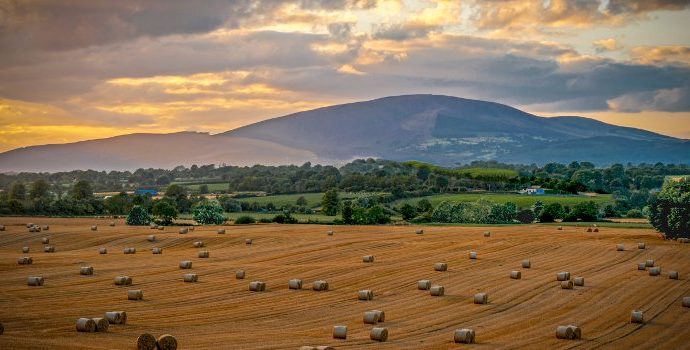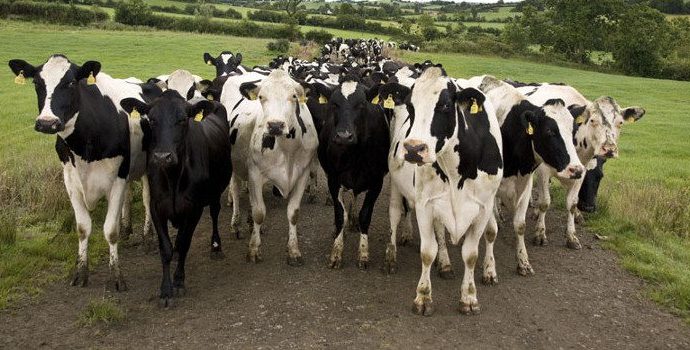Afforestation Environmental Measures Too Stringent, IFA Tells Minister

IFA President, Joe Healy and Farm Forestry Chairman, Pat Collins met with Andrew Doyle, Minister of State at the Department of Agriculture, Food and Marine last week to stress the Association’s opposition to the draft Environmental Requirements for Afforestation, which do not provide any flexibility to alter measures and develop operational plans appropriate to the potential impacts.
Mr. Healy said that in 2015, under the Afforestation Scheme, more than 1,600 hectares of agricultural land was set aside for areas of biodiversity and landscape planting. This has a land value equivalent of €16 million, or a loss of timber earnings over the rotation of in excess of €40 million. He said that if forestry is to compete with other land uses, farmers cannot be required to set aside even greater areas of land to biodiversity.
“The Minister must ensure that restrictions imposed are appropriate and that the loss of productive area is proportionate the potential risk. If a farmer is obligated to set aside in excess of 15% to biodiversity they must receive a premium payment on the additional area,” said Mr. Healy.
Mr. Collins said that before any changes are introduced, a cost-benefit analysis should be undertaken to determine the impacts of changes to schemes as recommended by the COFORD Land Availability for Afforestation report.
He said that the severity of some of the proposed measures; the implications they will have on production; and, the lack of flexibility to identify other ways to minimise potential impacts must be fully considered before any new requirements are introduced.
“Afforestation on farms in typically small scale and low impact forestry. Rather than introducing a one-size-fits-all approach, it is more appropriate and best practice that potential impacts are identified and measures adopted in plans that are specific to the site.”
Mr. Collins said this will ensure the best protection of the environment without introducing unnecessary barriers to the development of the sector, as well as ensure that forestry is economically viable and competitive with other land uses.




